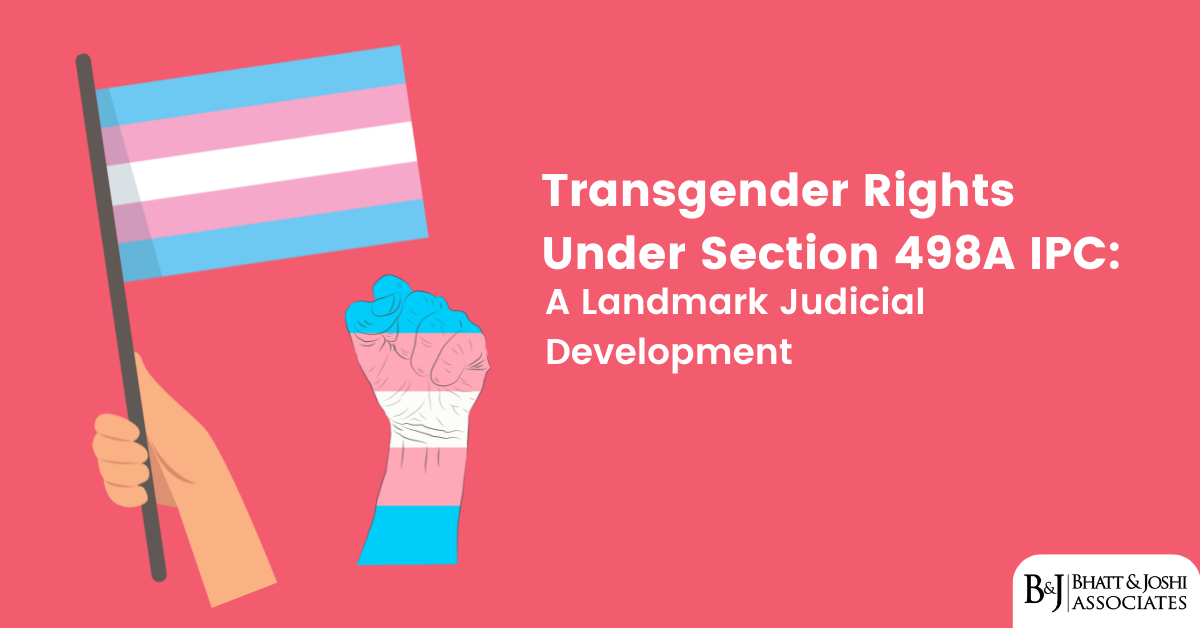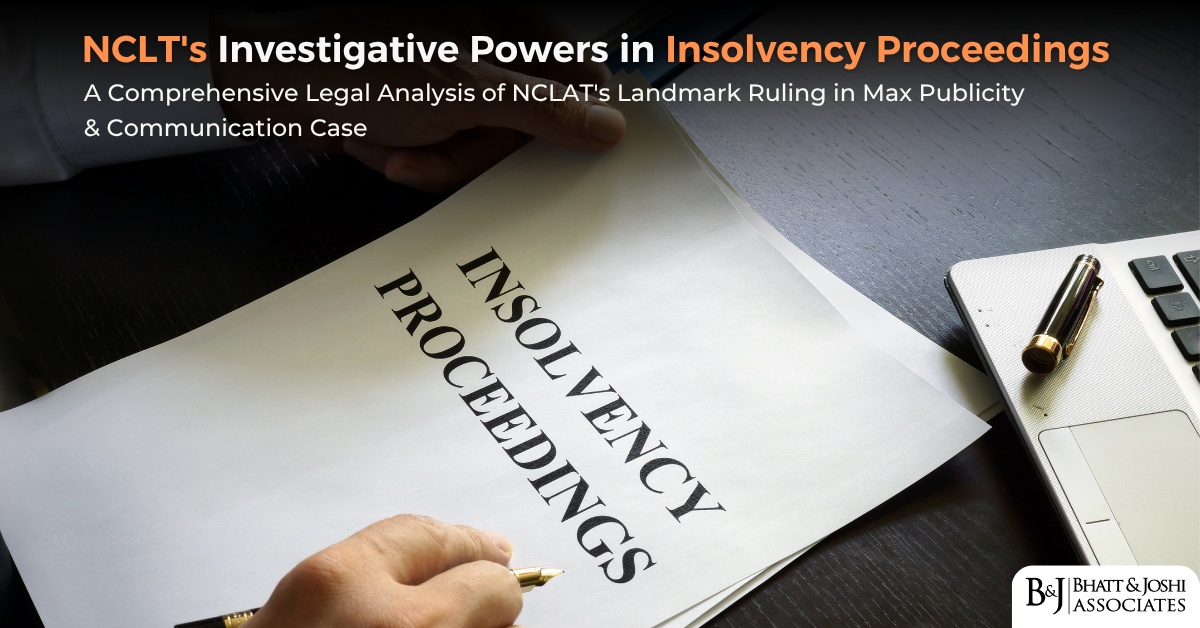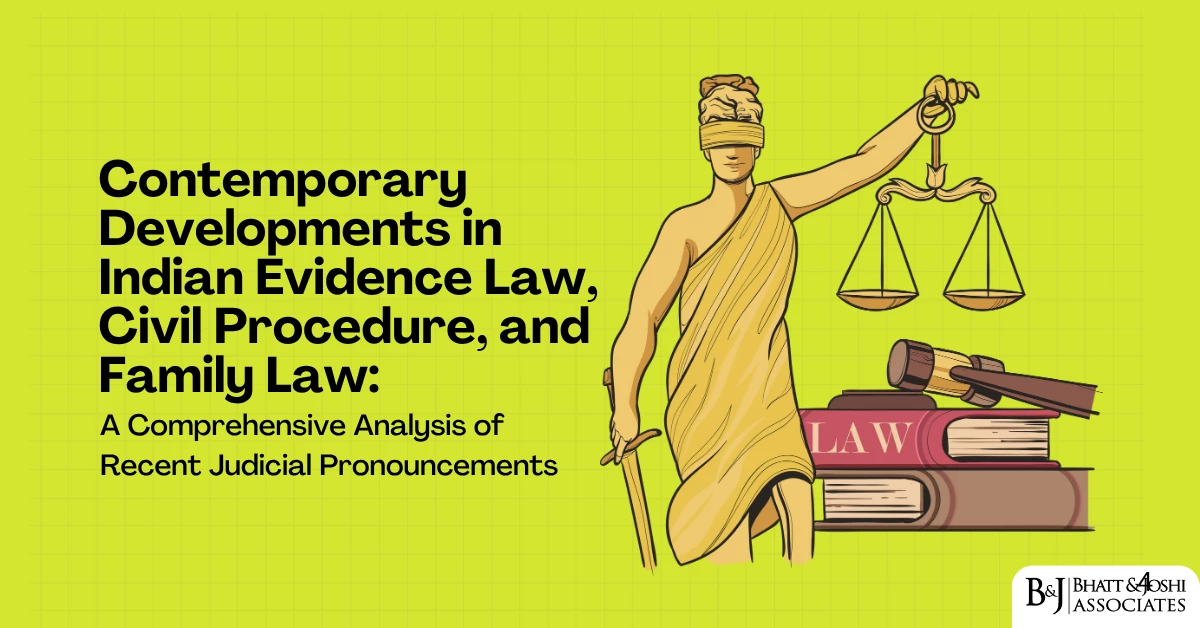Abstract
The Hindu Succession (Amendment) Act, 2005 represents a watershed moment in Indian succession law, fundamentally altering the traditional Mitakshara coparcenary system by granting daughters equal coparcenary rights with sons. This legislative reform, while aimed at achieving gender equality in property inheritance, has generated extensive judicial discourse regarding its retrospective application and scope. The Supreme Court’s landmark judgment in Vineeta Sharma v. Rakesh Sharma [1] has definitively settled many contentious issues surrounding the interpretation and application of the 2005 amendments.

Introduction
The Hindu Succession Act, 1956 [2] was enacted to codify and reform the Hindu law of succession, establishing a uniform legal framework governing inheritance among Hindus. However, the original Act perpetuated certain gender-based discriminations, particularly in relation to coparcenary rights under the Mitakshara school of Hindu law. The Hindu Succession (Amendment) Act, 2005 [3] sought to remedy these constitutional infirmities by conferring equal coparcenary rights upon daughters.
This analysis examines the legal framework governing daughters’ inheritance rights, the regulatory mechanisms governing coparcenary succession, and the judicial interpretation of these provisions through landmark cases. The article addresses the misconception that the 2005 Act merely relates to succession rights, when in fact its primary contribution lies in conferring birth rights to daughters as coparceners.
Historical Legal Framework and Pre-Amendment Position
The Mitakshara Coparcenary System
Under the traditional Mitakshara system, coparcenary was an exclusively male preserve. Section 6 of the original Hindu Succession Act, 1956 provided that in a Mitakshara coparcenary, the interest of a male Hindu would devolve by survivorship upon the surviving members of the coparcenary [4]. This system created a fundamental inequality where sons acquired coparcenary rights by birth, while daughters were relegated to the position of ordinary heirs under Schedule I of the Act.
Pre-Existing Succession Rights of Daughters
Contrary to popular misconception, daughters already possessed substantial succession rights under the original Act. Section 8 of the Hindu Succession Act, 1956 established the general rules of succession for male Hindus, providing that property would devolve firstly upon Class I heirs as specified in the Schedule [5]. The Schedule clearly included daughters alongside sons as Class I heirs, thereby granting them equal succession rights in the separate property of their fathers.
The Schedule to the Hindu Succession Act, 1956 enumerates Class I heirs as follows: “Son; daughter; widow; mother; son of a pre-deceased son; daughter of a pre-deceased son; son of a pre-deceased daughter; daughter of a pre-deceased daughter; widow of a pre-deceased son…” [6]
This provision demonstrated that the assertion in some quarters that the 2005 Amendment introduced succession rights for daughters is legally inaccurate. The fundamental distinction lies between succession rights and coparcenary rights.
The Hindu Succession (Amendment) Act, 2005: Legal Framework
Substitution of Section 6
The most significant reform introduced by the 2005 Amendment was the complete substitution of Section 6 of the principal Act. The new Section 6 comprises five subsections, each addressing different aspects of daughters’ coparcenary rights:
Section 6(1): Grant of Coparcenary Rights
Section 6(1) provides: “On and from the commencement of the Hindu Succession (Amendment) Act, 2005, in a Joint Hindu family governed by the Mitakshara law, the daughter of a coparcener shall,— (a) by birth become a coparcener in her own right in the same manner as the son; (b) have the same rights in the coparcenary property as she would have had if she had been a son; (c) be subject to the same liabilities in respect of the said coparcenary property as that of a son” [7].
This provision fundamentally altered the nature of daughters’ rights from mere succession rights to birth rights as coparceners. The phrase “by birth become a coparcener” is crucial, as it establishes that coparcenary rights accrue automatically upon birth, not upon the commencement of the Act or any subsequent event.
Section 6(2): Nature of Property Rights
Section 6(2) addresses the incidents of ownership: “Any property to which a female Hindu becomes entitled by virtue of sub-section (1) shall be held by her with the incidents of coparcenary ownership and shall be regarded, notwithstanding anything contained in this Act, as coparcenary property” [8].
Section 6(3): Succession Upon Death
Section 6(3) governs the devolution of coparcenary property upon death: “Where a Hindu dies after the commencement of the Hindu Succession (Amendment) Act, 2005, his interest in the property of a Joint Hindu family governed by the Mitakshara law, shall devolve by testamentary or intestate succession, as the case may be, under this Act and not by survivorship” [9].
This subsection effectively abolishes the survivorship principle for coparcenary property, ensuring that daughters inherit through succession rather than survivorship.
Amendment to the Schedule
The 2005 Amendment also modified the Schedule to include great-grandchildren through female descendants in Class I. Specifically, entries in Class II such as “son of a pre-deceased daughter” and “daughter of a pre-deceased daughter” were elevated to Class I status, thereby granting them enhanced inheritance rights.
Judicial Interpretation and Evolution of Law
Early Judicial Confusion: Prakash v. Phulavati
The interpretation of the 2005 Amendment initially generated conflicting judicial pronouncements. In Prakash v. Phulavati [10], a two-judge bench of the Supreme Court held that the Amendment Act operated prospectively only, applying exclusively to “living daughters of living coparceners” as on September 9, 2005. The Court observed:
“The rights under the Hindu Succession (Amendment) Act, 2005 are applicable to living daughters of living coparceners as on September 9, 2005 irrespective of when such daughters were born” [11].
This interpretation created practical difficulties and was perceived as limiting the transformative potential of the legislation.
The Definitive Resolution: Vineeta Sharma v. Rakesh Sharma
The legal position was definitively clarified by the Supreme Court in Vineeta Sharma v. Rakesh Sharma [12], where a three-judge bench overruled Prakash v. Phulavati and established that the 2005 Amendment operates retrospectively. The Court held:
“The provisions contained in substituted Section 6 of the Hindu Succession Act, 1956 confer status of coparcener on the daughter born before or after amendment in the same manner as son with same rights and liabilities. Since the right in coparcenary is by birth, it is not necessary that father coparcener should be living as on 9.9.2005” [13].
The Court’s reasoning was grounded in the fundamental principle that coparcenary rights accrue by birth, not by legislative enactment. Justice Arun Mishra, writing for the bench, observed that the requirement for both father and daughter to be alive on the commencement date would create an artificial and discriminatory distinction contrary to the constitutional mandate of equality.
Regulatory Framework and Legal Safeguards
Protection Against Antecedent Transactions
The 2005 Amendment incorporates important safeguards to protect legitimate transactions that preceded its enactment. Section 6(1) contains a proviso stating: “Provided that nothing contained in this sub-section shall affect or invalidate any disposition or alienation including any partition or testamentary disposition of property which had taken place before the 20th day of December, 2004”.
This provision ensures that daughters cannot challenge transactions or partitions that were completed before December 20, 2004, thereby maintaining legal certainty and protecting bona fide purchasers.
Abolition of Pious Obligation
Section 6(4) addresses the traditional concept of pious obligation under Hindu law: “After the commencement of the Hindu Succession (Amendment) Act, 2005, no court shall recognise any right to proceed against a son, grandson or great-grandson for the recovery of any debt due from his father, grandfather or great-grandfather solely on the ground of the pious obligation under the Hindu law”.
This provision modernizes Hindu law by abolishing the archaic concept of pious obligation, which imposed unlimited liability on male descendants for ancestral debts.
Constitutional Validation and Gender Justice
Article 14 and Equality Before Law
The 2005 Amendment finds its constitutional foundation in Article 14 of the Constitution, which guarantees equality before law and equal protection of laws. The Supreme Court in Vineeta Sharma emphasized that denying daughters coparcenary rights based on the timing of their father’s death would violate the constitutional mandate of gender equality.
Article 15 and Non-Discrimination
Article 15 of the Constitution prohibits discrimination on grounds of sex. The original coparcenary system’s exclusion of daughters constituted impermissible gender-based discrimination, which the 2005 Amendment sought to remedy.
Comparative Analysis: Rights of Sons vs. Daughters Post-Amendment
Birth Rights vs. Legislative Rights
A critical analysis reveals that the 2005 Amendment grants daughters rights that are, in certain respects, more extensive than those enjoyed by sons. While sons’ coparcenary property remains subject to the birth rights of their children, daughters’ coparcenary acquisitions become their separate property, unencumbered by the coparcenary rights of their children.
This distinction arises because coparcenary is patrilineal under Hindu law, and daughters’ children do not automatically become coparceners in their mother’s coparcenary property.
Practical Implications for Property Division
Consider a scenario where a coparcenary property of 40 acres is divided among the father (X), mother (Y), son (S), and daughter (D). Each receives 10 acres. However, while the son’s 10 acres remains coparcenary property subject to the birth rights of his children, the daughter’s 10 acres becomes her separate property, free from any coparcenary claims by her descendants.
This differential treatment, while unintended, results in daughters potentially enjoying more extensive property rights than sons in certain circumstances.
Recent Judicial Developments
High Court Decisions Post-Vineeta Sharma
Following the Supreme Court’s decision in Vineeta Sharma, various High Courts have consistently applied the retrospective interpretation. The Orissa High Court, in a recent decision, reiterated that “daughters are entitled to inherit ancestral property in view of their equal coparcenary rights, as were conferred on them by the Hindu Succession (Amendment) Act, 2005, irrespective of date of death of their fathers”.
Clarification on Notional Partition
The Supreme Court in Vineeta Sharma also clarified the concept of notional partition under the original Section 6. The Court held that the statutory fiction of partition created by the proviso to the original Section 6 did not result in actual partition or dissolution of the coparcenary. Instead, it was merely a mechanism for determining the share of a deceased coparcener for the benefit of Class I heirs.
Procedural Aspects and Implementation
Registration and Documentation Requirements
Unlike the original article’s suggestion regarding the necessity of living fathers, the law requires no specific procedural formalities for daughters to claim coparcenary rights. These rights accrue automatically by birth and do not depend on registration, documentation, or any formal recognition.
Burden of Proof in Partition Suits
In partition suits involving daughters’ coparcenary claims, the burden of proof typically lies on those denying such rights to establish that the property in question is not coparcenary property or that specific exemptions apply.
Time Limitations and Statutory Protections
The Limitation Act, 1963 governs the time limits for filing partition suits. However, coparcenary rights being rights of birth, do not extinguish merely due to non-exercise, though specific claims may be time-barred under limitation provisions.
Economic and Social Impact
Women’s Economic Empowerment
The 2005 Amendment represents a significant step toward women’s economic empowerment by providing them with substantial property rights. This legislative reform aligns with India’s commitment to achieving Sustainable Development Goal 5 (Gender Equality) and has contributed to enhancing women’s economic security.
Impact on Joint Family Structures
The amendment has facilitated the gradual transformation of traditional joint family structures, encouraging more egalitarian property relationships while preserving the essential features of the joint family system.
International Comparative Perspective
Gender Equality in Succession Laws
India’s approach to gender equality in succession laws aligns with international best practices and commitments under various international instruments, including the Convention on the Elimination of All Forms of Discrimination against Women (CEDAW).
Regional Variations and State Amendments
Prior to the 2005 central amendment, states like Andhra Pradesh, Karnataka, Maharashtra, and Tamil Nadu had already implemented similar reforms through state-specific amendments, demonstrating the progressive evolution of succession laws across the country.
Challenges and Future Considerations
Practical Implementation Issues
Despite legislative reforms, practical implementation continues to face challenges, including lack of awareness among rural populations, resistance from traditional family structures, and complexities in property documentation.
Need for Further Reforms
Legal experts have suggested additional reforms, including the complete abolition of coparcenary to achieve true gender equality, as recommended by the 174th Report of the Law Commission of India.
Conclusion
The Hindu Succession (Amendment) Act, 2005, while ostensibly an amendment to succession law, is more accurately characterized as legislation conferring birth rights upon daughters as coparceners. The Supreme Court’s decision in Vineeta Sharma v. Rakesh Sharma has definitively settled the law, establishing that daughters acquire coparcenary rights by birth irrespective of whether their fathers were alive on the commencement date of the Amendment.
The legislation represents a significant advancement toward gender equality in property rights, though certain structural inequalities persist due to the patrilineal nature of coparcenary. Future legal reforms may need to address these remaining disparities to achieve complete gender parity in property inheritance.
The law as it stands today provides daughters with substantial property rights while maintaining important safeguards for antecedent transactions. Legal practitioners and beneficiaries must understand these nuanced provisions to effectively navigate the evolving landscape of Hindu succession law.
References
[1] Vineeta Sharma v. Rakesh Sharma, (2020) 9 SCC 1, Available at: https://www.scconline.com/blog/post/2021/01/22/daughters-the-new-equals/
[2] The Hindu Succession Act, 1956 (Act No. 30 of 1956), Available at: https://www.indiacode.nic.in/handle/123456789/1713
[3] The Hindu Succession (Amendment) Act, 2005 (Act No. 39 of 2005), Available at: https://www.indiacode.nic.in
[4] Section 6, The Hindu Succession Act, 1956 (Original), Available at: https://indiankanoon.org/doc/1883337/
[5] Section 8, The Hindu Succession Act, 1956, Available at: https://indiankanoon.org/doc/1968317/
[6] The Schedule, The Hindu Succession Act, 1956, Available at: https://www.advocatekhoj.com/library/bareActs/hindusuccession/schedule.php
[7] Section 6(1), The Hindu Succession (Amendment) Act, 2005, Available at: https://indiankanoon.org/doc/1883337/
[8] Section 6(2), The Hindu Succession (Amendment) Act, 2005, Available at: https://indiankanoon.org/doc/1883337/
[9] Section 6(3), The Hindu Succession (Amendment) Act, 2005, Available at: https://indiankanoon.org/doc/1883337/
[10] Prakash v. Phulavati, (2016) 2 SCC 36, Available at: https://www.livelaw.in/law-on-equal-right-for-daughters-over-property-is-prospective-sc/
[11] Prakash v. Phulavati, (2016) 2 SCC 36, para 23
[12] Vineeta Sharma v. Rakesh Sharma, (2020) 9 SCC 1, Available at: https://digiscr.sci.gov.in/view_judgment?id=ODE5OQ%3D%3D
[13] Vineeta Sharma v. Rakesh Sharma, (2020) 9 SCC 1, para 47, Available at: https://itatonline.org/digest/vineeta-sharma-v-rakesh-sharma-ors-sc-www-itatonline-org-ma
Links to Download Full Booklet
- https://bhattandjoshiassociates.s3.ap-south-1.amazonaws.com/judgements/Vineeta_Sharma_vs_Rakesh_Sharma_on_11_August_2020 (1).PDF
- https://bhattandjoshiassociates.s3.ap-south-1.amazonaws.com/judgements/TheHinduSuccessionAct1956.pdf
- https://bhattandjoshiassociates.s3.ap-south-1.amazonaws.com/judgements/Prakash_vs_Phulavati_on_16_October_2015.PDF













